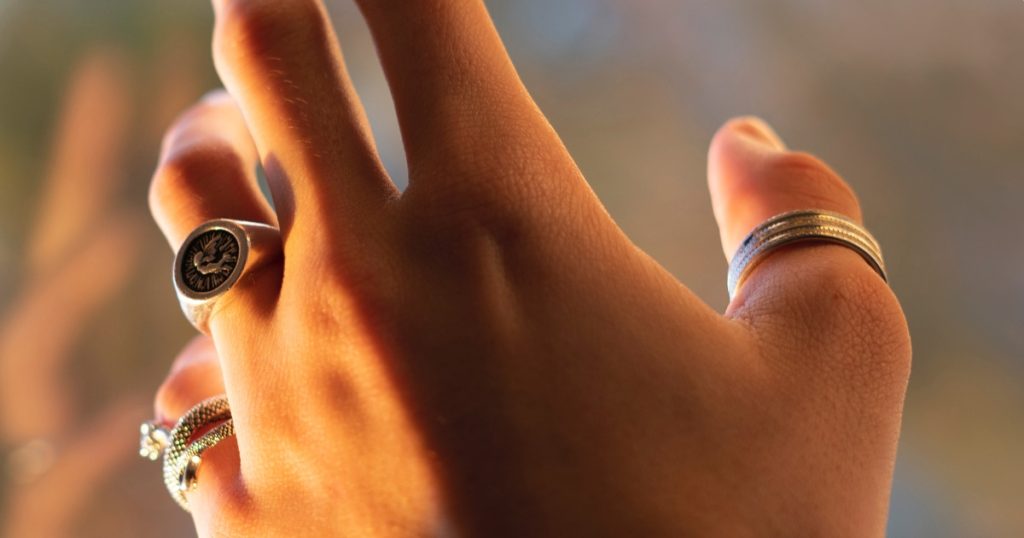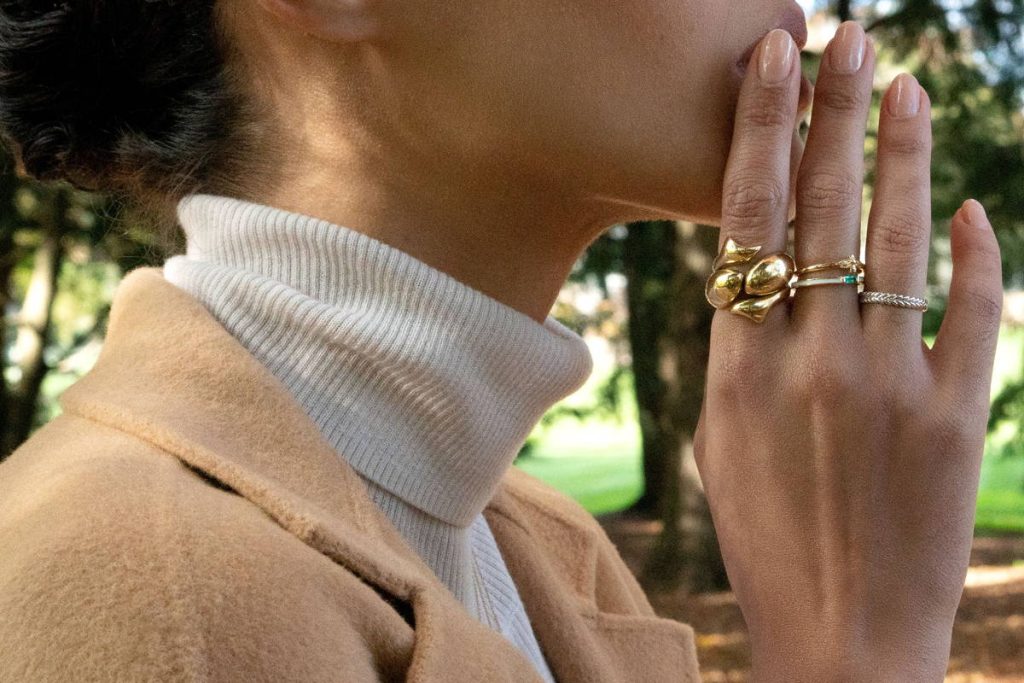Rings have long been used to communicate personality, values, and even social status. Among all types, thumb rings stand out as bold and unconventional. Once associated with warriors, artists, and free thinkers, today they serve as subtle symbols of independence and power. Yet the deeper meaning behind wearing a ring on the thumb varies depending on culture, gender, and personal intent.
The Historical Significance of the Thumb Ring
The thumb ring dates back thousands of years. In ancient Greece and Rome, it was worn by archers to protect their hands during battle. Over time, this practical use evolved into a sign of strength and dominance. In several Asian cultures, particularly in China, thumb rings made of jade or ivory were worn by military leaders to signify authority and courage. As centuries passed, the meaning shifted from martial strength to individuality. By the 20th century, artists and bohemians adopted thumb rings as symbols of nonconformity, rebellion, and creative energy. Today, they continue to express freedom — both emotional and intellectual.

What It Means for Women
For women, thumb rings often represent confidence and independence. Choosing to wear a ring on the thumb rather than a traditional finger, like the ring or middle finger, can signal autonomy and a refusal to be confined by convention. Many women associate it with empowerment, particularly in modern fashion where accessories double as statements of identity. In psychology and body language, the thumb is connected to willpower and self-assertion. A woman who wears a thumb ring might be expressing control over her own path or a desire to stand out. Depending on the design, the meaning can shift: a minimalist silver band may project calm strength, while a bold gemstone ring can reflect ambition and confidence. Some interpret the thumb ring as a quiet feminist symbol — an assertion that the wearer defines her own values rather than accepting those imposed by others.
What It Means for Men
For men, thumb rings often carry connotations of status and self-assurance. In some cultures, they have long been linked to wealth and power, symbolizing that the wearer had both influence and resources. The thumb, being the most dominant finger, naturally suggests control and leadership. In contemporary settings, men may wear thumb rings to communicate individuality or artistic temperament. A plain band may convey a minimalist sense of power, while a thick metal or leather design might highlight masculinity and resilience. Among younger generations, it has also become a mark of style — not necessarily tied to tradition, but rather a reflection of personality.
Modern Interpretations and Cultural Variations
Today, the thumb ring is both gender-neutral and globally fashionable. In Western culture, it tends to represent freedom and expression, while in Eastern traditions it still carries undertones of strength and spiritual focus. Some believe the thumb connects to the energy channel of self-determination, meaning that wearing a ring there can enhance confidence and drive. Fashion stylists note that thumb rings draw attention to the hands, subtly framing gestures during communication. Because they are unconventional, they often hint that the wearer is creative, assertive, or open-minded.

More Than a Trend
Ultimately, the thumb ring’s enduring appeal lies in its versatility. It can be worn purely as an aesthetic choice, yet still carry layers of symbolic depth — from freedom and individuality to power and purpose. Whether worn by women reclaiming their voice or men expressing self-confidence, the thumb ring remains one of the most personal and powerful accessories in modern fashion.

















